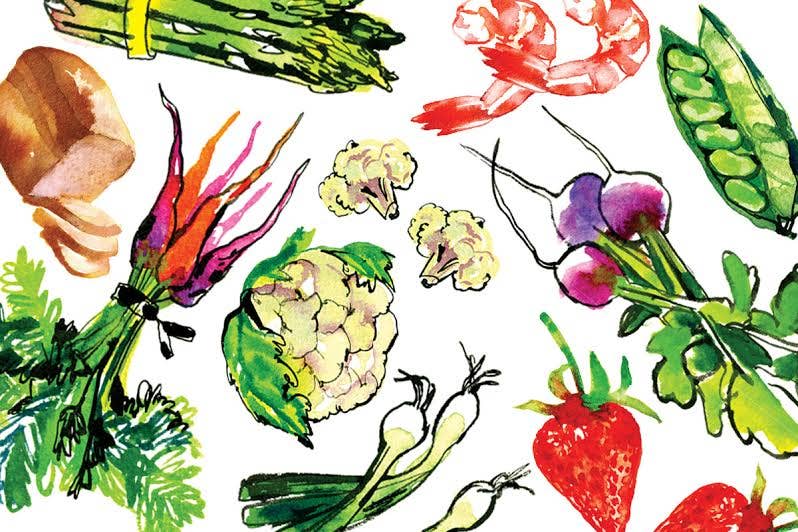
Fool is nothing more than sweetened raw or cooked fruit, pureed—and then enriched with cream. Few would disagree with Elizabeth David's description of this light, delicate warm-weather English classic as ''simple [and] almost childlike''. Exactly when the fool first appeared is an open question—but literary references to the dessert date back to the 16th century. Its name may derive from the French verb fouler, meaning to crush or press (it was possibly made originally from fruit that was boiled and forced through a sieve), and it may well have been invented in the first place simply as a variation on ordinary stewed fruit—which would have been in demand in medieval times, when raw fruit was widely considered unhealthy. Recipes for fools from the 17th and 18th centuries were decidedly more complicated than today's versions: Various fruits—including berries, plums, and apricots—were often mixed with eggs as well as cream, and the results were occasionally embellished with wine, spices, and lemon peel. The pared-down, modern fool closely resembles a cream, a once-popular English dessert. But according to David, it also has a lot in common with the syllabub (a frothy cream-based drink) and the trifle (a layered concoction of cake, fruit, and custard). Indeed, she suggests that each of these desserts has been greatly influenced by the others. ''In the history of cookery,'' writes David in An Omelette and a Glass of Wine (Lyons Press, 1997), ''nothing is conveniently consistent.'' Not even, it seems, the simple fool.
Keep Reading
Continue to Next Story










